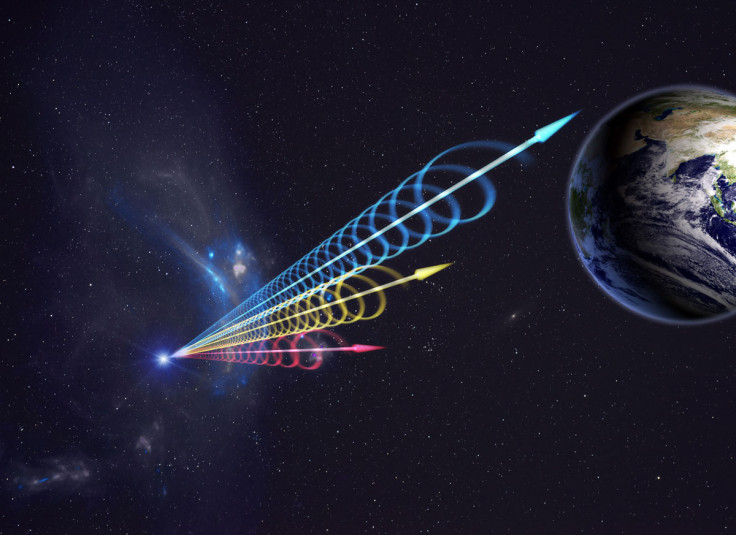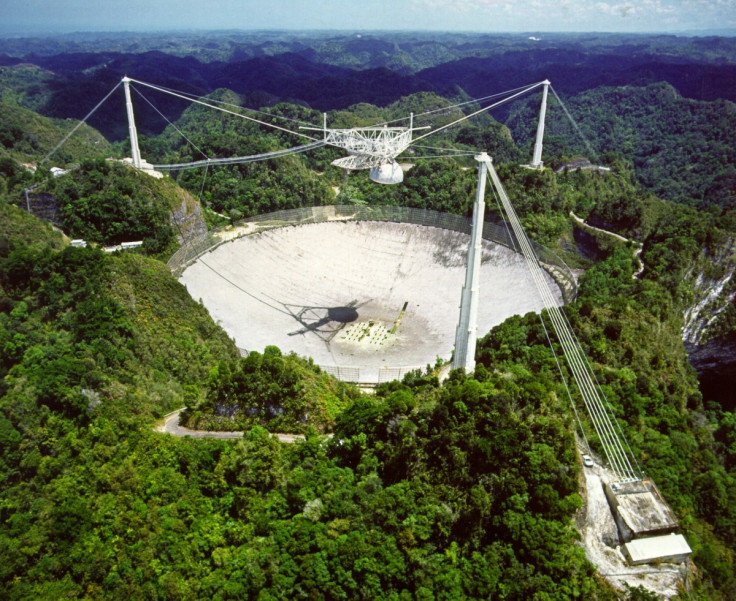New mysterious radio signals detected coming from a star just 11 light years away from Earth
Astronomers say that although unlikely, the possibility that signals came from intelligent extraterrestrial life cannot be ruled out yet.
Mysterious signals coming from a dim star located 11 light years away from Earth have been detected by astronomers. Scientists say that the "strange" radio signals came from a red dwarf star – Ross 128 (GJ 447) – which is around 2,800 times dimmer than the Sun and is not yet known to have any planets.
The mysterious signals were detected by astronomers at the University of Puerto Rico using the Arecibo Observatory, which is a massive radio telescope built inside of a Puerto Rican sinkhole.
Abel Méndez, an astrobiologist at the University of Puerto Rico at Arecibo, wrote in a blog post that the star was observed for 10 minutes, during which the "very peculiar signals" were picked up and were "almost periodic."
"We do not know the origin of these signals but there are three main possible explanations: they could be (1) emissions from Ross 128 similar to Type II solar flares, (2) emissions from another object in the field of view of Ross 128, or just (3) burst from a high orbit satellite since low orbit satellites are quick to move out of the field of view," Méndez wrote.

The astrobiologist said that although it is highly unlikely that intelligent extraterrestrial life forms are responsible for the signals, it is a possibility that cannot be ruled out entirely yet. "In case you are wondering, the recurrent aliens hypothesis is at the bottom of many other better explanations," Mendez added.
Great, more telescopes are planning simultaneous observations with us of #Ross128. This star got our attention 😎
— Prof. Abel Méndez (@ProfAbelMendez) July 14, 2017
According to Méndez, the signals may have come from some kind of man-made object in space, such as a satellite. "The field of view of [Arecibo] is wide enough, so there is the possibility that the signals were caused not by the star but another object in the line of sight," Méndez told Business Insider, adding that "some communication satellites transmit in the frequencies we observed."
Astronomers are hoping to uncover more about the mystery. Méndez said that the Arecibo is going to stare into the dwarf red star again on 16 July. "Success will be to find the signal again in the star but not in its surrounding[s]. If we don't get the signal again then the mystery deepens, "he said. "We are not sure if we can get to the bottom of this mystery from just the next observations if that was a rare event."
Méndez joked that he has "a Piña Colada ready to celebrate if the signals result to be astronomical in nature."

The article has been corrected to clarify that the star is located 11 light years away from Earth.
© Copyright IBTimes 2025. All rights reserved.






















